Teaching good research habits to younger grades is a very important part of being a librarian. In the past, I have introduced the research steps using a lesson that connected the Big 6 steps to following a recipe for making an apple pie. You can read about this “Recipe for Research” lesson on my blog here.
Typically, after I do this lesson, we would investigate Non-Fiction books, Text Features, and databases, and then they would do their research later in their classrooms with their teachers.
This year, I wanted to be more involved in helping them learn how to do the actual research part, so I decided to do a mini-research project with my first graders as part of their library lessons.
Step #1
I started off by asking them what they wanted to learn more about. Most of them answered with some sort of animal, so we decided that our first research project together would be about animals.
This was actually perfect, as we had just finished reading the book Those Darn Squirrels by Adam Rubin. (By the way, if you haven’t read this, it’s a FANTASTIC book. The kids LOVE raising their fists and shouting “Those Darn Squirrels!” whenever Old Man Fookwire yells at the crazy squirrels in his backyard. Plus, they were super excited to find out that there are 2 more books in the series!)
I told them that I was going to research Squirrels since we had just read about them, and then I introduced them to PebbleGo. This is an absolutely FANTASTIC database by Capstone Digital! It is ideal for younger grades, and makes it super easy for them to find information. Each topic is divided into 6 main tabs: body, habitat, food, life cycle, fun facts, and related articles. Each tab allows the student to either read or listen to the information, and most topics have a video they can watch as well. It is slightly expensive, but well worth the money! (If you are interested in checking it out, you can get a free 2 week trial by filling out a short form found here.) I gave them some time to explore the database so they would be familiar with it for our next lesson, and I told them to think about what animal they would like to research.
Step #2
On their next visit, we quickly reviewed the “Recipe for Research” steps again, and brainstormed a list of “egg” questions to research about their animal. They came up with things like: what does my animal eat, how fast can it run, who is it afraid of, how does it move, where is it’s home, etc. I created a Research Brochure (aka: note-taking tool) and had them chose 4 questions to write inside each egg.
Once their questions were written down, I asked “What do you think the lines underneath each egg are for?” They correctly guessed it was for their answers to the questions. I had them look at the lines, and we discussed how they weren’t very long and they would have to make sure they only wrote down the important words.
I pulled up information on Squirrels on PebbleGo, and we read that “Tree Squirrels have bushy tails that are as long as their body.” I had them help me find the “important facts” and I told them the general rule was they could write up to 3 words from a sentence. (I am trying to start them early on learning how to paraphrase and write notes, and not just copy everything that they see.) It was fun writing down their ideas, and then they would check to see if they had more than 3 words. After several tries, they came up with “long, bushy tails”. We practiced a few more times together, and then they spent the rest of their library time on PebbleGo trying to find the answers for their animal. Before they left, I collected their research brochures to keep them safe for next time.
Step #3
The next week in the library, I showed them another database that I love to use with the younger grades, Facts 4 Me. It’s super cheap (only $50.00 for an entire year subscription!) You can take a quick tour of the site to learn more here. It’s developed by former teachers, and the layout is also very friendly. Each topic starts with a “Quick Facts” section that gives basic information. On animals, it gives a variety of info such as: type, habitat, diet, weight, height, etc. Along the left side are photographs, and under the Quick Facts section are short paragraphs giving more information.
At the bottom, it even gives the exact citation to include on your Works Cited page, so I took this opportunity to begin teaching them how to do a simple Works Cited page. For the younger grades, I created just a simple ABC form (A=Author or website, B=Book Title or topic title, C=Copyright date). I told them anytime they used facts from a source, they had to fill out a slip for their Works Cited page. I had a stack and we just stapled the slip to their brochure so it all stayed together. I gave them the rest of this library period to finish finding answers to their questions.
Step 4
Now that they had their answers, I showed them how to take their notes and create detailed, complete sentences on notebook paper. We also talked about how to write a simple paragraphs (one paragraph for each “egg” question that they had answers for.) When they were done, I had them work in pairs and peer-edit. They helped each other with spelling, capitals, punctuation, and made sure that all their egg questions were answered.
Step 5
I gave them a variety of formats to choose from for their final presentation:
1) They could write a basic report using the 2-page format.
2) They could make their own animal book using the brochure format including a Table of Contents and Author page.
3) Those that wanted to create a true Non-Fiction animal book could create one with a Table of Contents, Index, and Works Cited page.
Step #6
For their finale, each student presented their animal reports to the group. I believe it’s important for students to get practice talking in front of their peers. Next time, I think it would be fun to Skype with another library and let students from each class share.
Technology options:
There are so many different apps that you can use to present their final information as well. I love Tellagami and Sock Puppets, and both of these are easy to use. Since we completed these activities toward the end of the year, our normal schedules were interrupted due to state testing, book fair, and end of the year changes. Exploring those apps were a great way to keep the kids excited about their research project and provided motivation for them to finish.
If you are interested in doing this research activity with your students, you can find it here on my website or at TpT store. I’d love to hear how you do research with your students!
Sandy










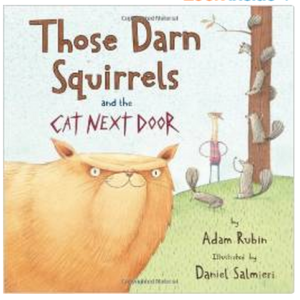
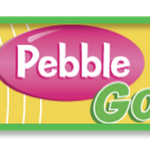


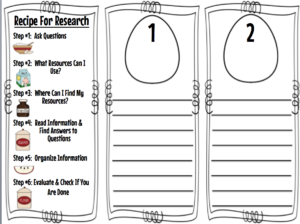
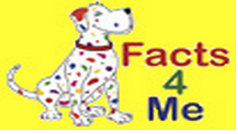
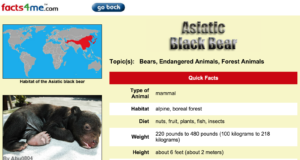
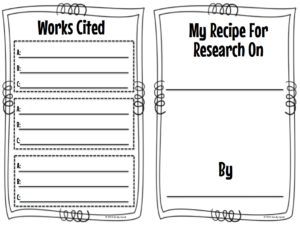
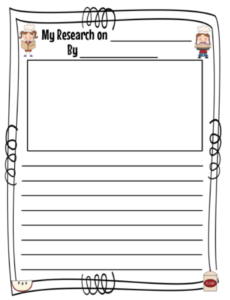
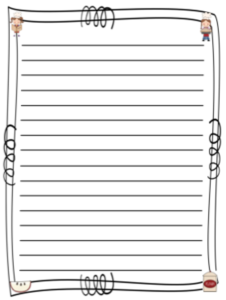
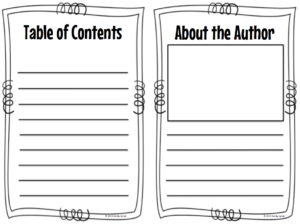
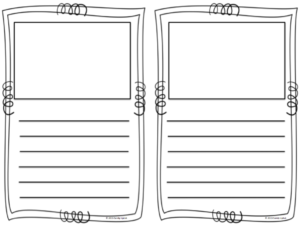




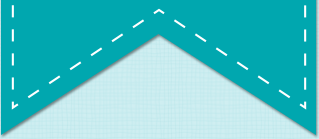

Clear and easy to follow, yet thorough and precise. Thank you!
You’re welcome Mona! I hope they help! 🙂
Sandy